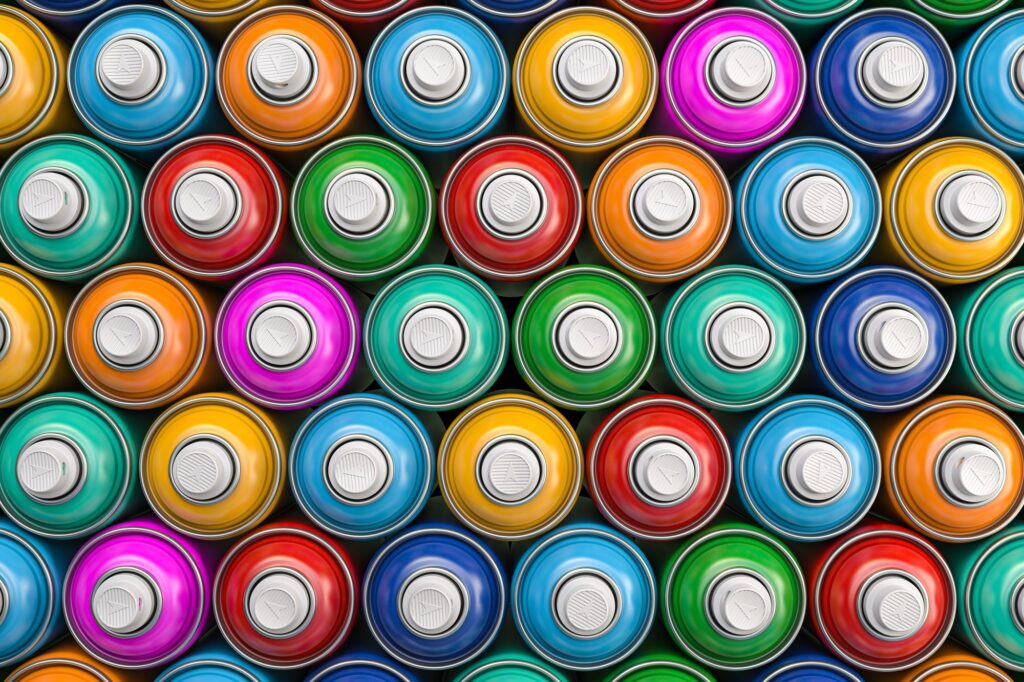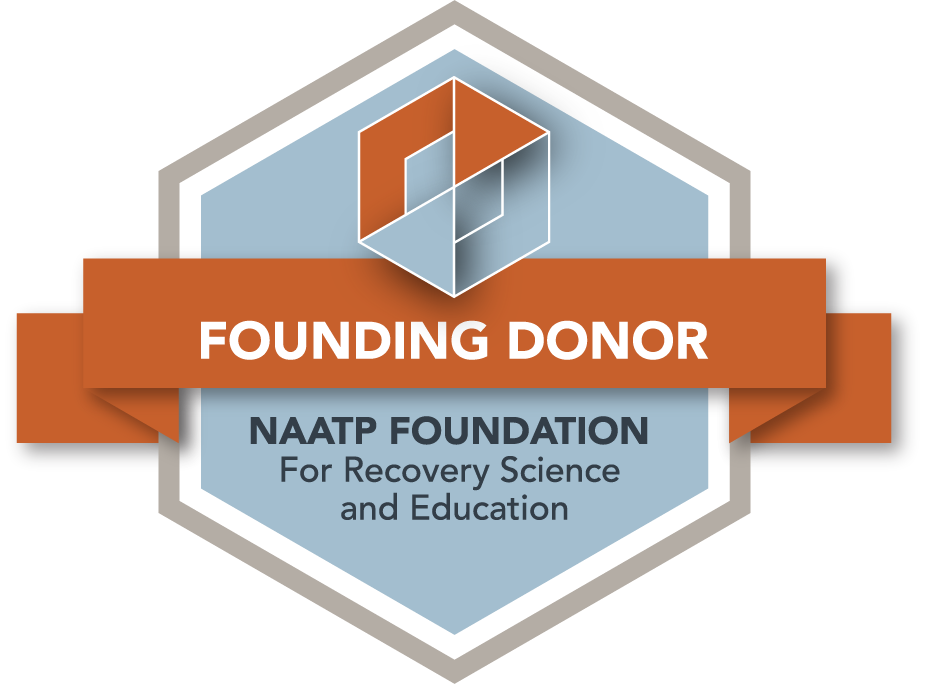What are Volatile Solvents?
Volatile solvents are volatile substances found in spray paint cans, propellants, and solvents that vaporize at room temperature. Inhaled into the lungs the toxic chemicals pass into the blood system and to the brain, causing mind-altering effects.
The psychoactive effects of inhaling these volatile substances are like those caused by depressants such as tranquilizers, sedatives, or alcohol and are usually shorter-lasting.
The potential negative consequences of inhaling volatile substances are great. Brain damage, neurological problems, or even sudden death may occur.
The most frequent users are young adolescents or young adults. They typically soak a rag with the inhalant and place it over their mouth and nose or put the inhalant in a paper or plastic bag which is then put over the face.
Types of Volatile Substances
Volatile solvents are commonly found in household products, such as adhesives, spray paint, and cleaning fluid so they are easily obtained.
Paint Thinners
The ingredients in paint thinners include xylene and toluene, which are also found in glues and spray paints that are used to construct model planes and cars. Inhaling paint thinners can be extremely harmful to the body and brain.
Benzene
Benzene, a common chemical compound, is a colorless liquid with a sweet odor. It is highly flammable, and its vapor is heavier than air and can sink into low-lying areas.
It is derived from the gum benzoin, an aromatic resin. Before the 20th century, it was used as an industrial solvent to clean metal. However, benzene’s toxicity led to its discontinuation for this purpose.
Cigarette smoke is a major source of benzene. It is also present in gasoline in amounts up to five percent.
Toluene
Solvents such as toluene are a main component of glue and other common products. They also have strong psychoactive properties and a well-researched pharmacological profile.
A colorless, highly flammable liquid, toluene easily transitions into gas at room temperature. Its odor is sweet. It is naturally found in crude oil and the tolu tree and is a byproduct of the production of styrene. It is also used in printing and tanning leather.
Nail Polish Remover
Nail polish remover (acetone) is a colorless volatile substance with a sweet odor. It is widely used as an industrial solvent and is also produced naturally in the human body in small quantities. In addition to its use in the chemical industry, acetone has many other applications, including in household products.
Acetone is a base chemical for many chemical reactions and is used in many manufacturing processes, including producing paint, varnish, and detergents. Although it is not extremely toxic, prolonged exposure to elevated levels can lead to heart and respiratory problems, and in extreme cases, even death.
Naphtha
Naphtha and other volatile substances are used in a variety of industrial processes. These substances include hydrocarbon cracking, fuels, and laundry soaps. They are also used in paint and varnish, and sometimes as fuel can cause death or serious health complications. As with other volatile solvents, it is important to limit exposure to naphtha fumes.
Street Names for Volatile Solvents
Some of the most common street names for inhalants include:
- Bold
- Snappers
- Whippits (small metal canisters for dispensing nitrous oxide)
- Laughing gas (Nitrous oxide)
- Poppers (Alkyl Nitrates)
- Rush
Side Effects of Volatile Solvents

Short-Term Effects of These Drugs:
- Slurred speech
- Lack of coordination
- Mood swings
- Unsteady gait
- Lower blood pressure
- Euphoria (feeling “high”)
- Dizziness
- Hallucinations
Long-Term Effects of These Drugs
- Liver and kidney damage
- Brain damage
- Delayed behavioral development
- Loss of coordination
- Limb spasms
- Physical dependence
- Personality disorders
Chronic use of volatile compounds has both physical and mental health effects.
A typical urine analysis test will not reveal abuse of inhalant solvents. However, a volatile substance can be detected by gas chromatography in a specialized laboratory.
Volatile Solvent Abuse and the Central Nervous System

Most volatile organic compounds can depress the central nervous system. They make changes in the brain, spinal cord, and other organs, causing euphoria.
The long-term effects of exposure to volatile substances may include bone marrow damage, decreased red blood cell count, and even death. For these reasons, unnecessary inhaling of volatile solvents should be avoided in the home and workplace.
What is Sudden Sniffing Death Syndrome?
Most deaths from inhalant or solvent abuse are believed to occur from ’sudden sniffing death syndrome‘ (SSDS), a rapid and irregular heart rhythm brought on by the use of volatile substances.
SSDS happens when the highly concentrated chemicals in solvents induce irregular and rapid heart rhythms. Heart attack can follow within minutes of a prolonged session of inhaling the fumes.
Concurrent Use of Other Substances and Inhalant Abuse
Inhalants are among the most abused substances. Those who abuse volatile solvents risk many health problems. This is increased when they alcohol or a drug to the mix.
For example, taking Viagra (sildenafil) while inhaling nitric oxide can decrease blood pressure and adversely affect breathing.
The best path is to avoid substance abuse involving inhaling volatile solvents, and especially so if other substances are involved.
Treatment for Substance Abuse at La Hacienda
Successful treatment of substance abuse at La Hacienda Treatment Center is rooted in solid counseling administered by a competent and empathetic staff.
When needed, treatment for substance use disorders starts with detoxification, best done under medical supervision in our Special Care Unit. On-site doctors and psychiatrists see patients daily and the professional nursing staff tends to medical needs 24/7.
Each patient receives a thorough assessment upon admission. From this, staff prepare an individualized treatment plan. Individual and group counseling aids patients in identifying the physical symptoms of withdrawal and social, physical, and mental issues which enable addiction.
The Family Program provides relatives with education and workshops aimed at increasing their understanding of the disease and how they can support the patient’s recovery.
Each patient also receives a continuing care plan for their initial post-treatment period, including sober living and intensive outpatient programs as recommended by staff.
For more information or to initiate admission, phone (800) 749-6160 and talk with one of our helpful admission specialists.

Nitrites
Amyl nitrites are drugs related to the nitrate medications and are usually inhaled to cause intoxication to relieve the pain of angina attacks. It works by increasing the supply of blood and oxygen to the heart and relaxing blood vessels while reducing the heart’s workload.

Inhalants
Inhalants are substances that produce psychoactive effects by being inhaled. Inhalant abuse such as huffing paint can lead to adverse health effects, including death. The most common type of inhalant is aerosol spray propellant, but there are many other types such as nitrous oxide (laughing gas), amyl nitrite (“poppers”), isobutyl nitrite, butane lighters, gasoline, and even household products like spray paint and whipped cream aerosol cans.

Spray Paint
Spray paint in pressurized cans is a source for volatile solvents which can be abused. When inhaled, they cause intoxicating effects similar to depressants.

Aerosols
Aerosols are the chemicals and propellants found in spray can products. When inhaled, they cause intoxicating effects similar to depressants.






